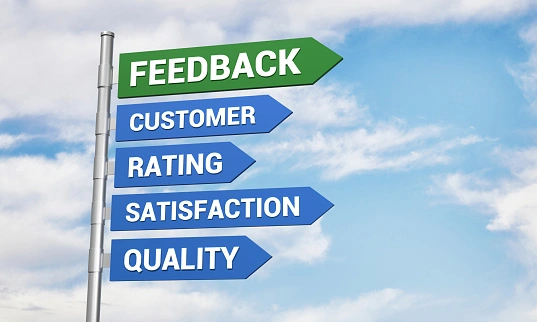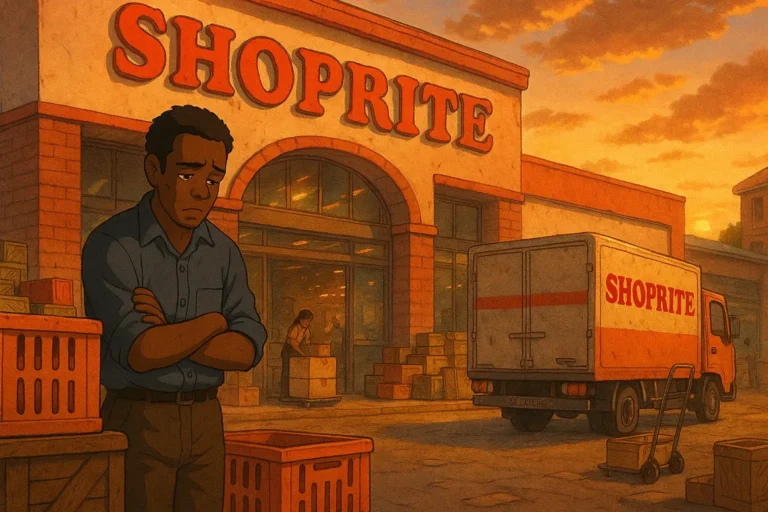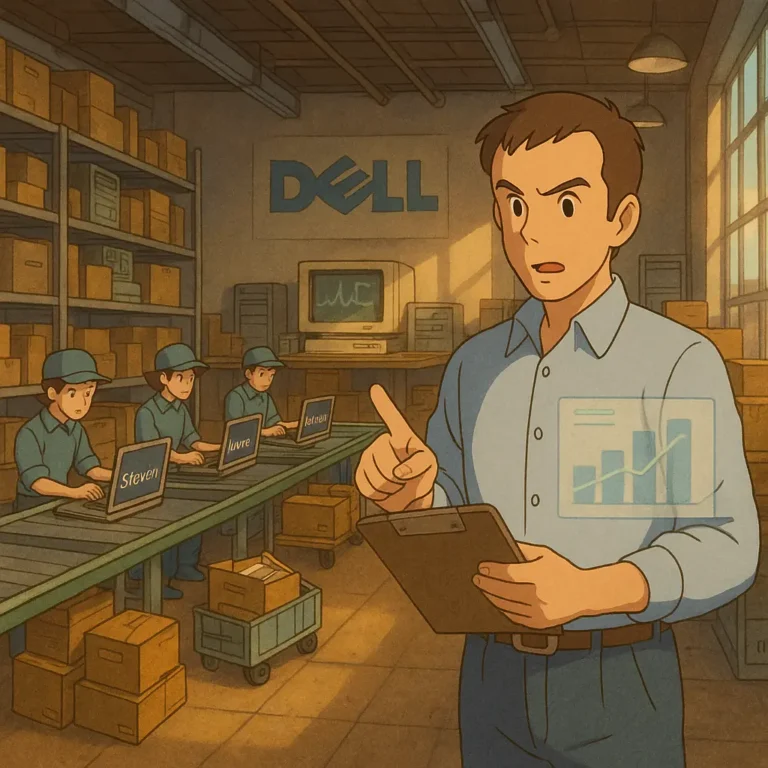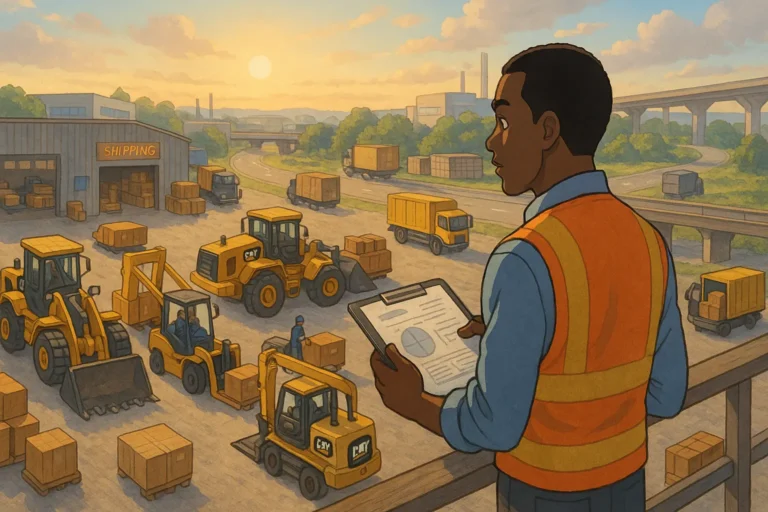
Supply chain resilience can be difficult to manage in times of crisis, especially when the crisis is unforeseen.
Your supply chain is always resilient until it is not. We cannot plan for everything.
Businesses across the globe thought their supply chain was excellent until COVID-19 hit.
Several African countries have fallen victim to political instability, terrorist attacks, and war.
However, in any crisis, people still need and buy goods and services, which means your supply chain cannot afford to break down completely.
This article reviews five strategies to help you build supply chain resilience in times of crisis.
1. Localize the Supply Chain
If COVID-19 taught businesses anything, local supply chains were necessary.
In a global supply chain model, local supply chains took a huge hit, where businesses outsourced most of their production to China and India.
However, they are still very much around…..at least for most industries.
Ideally, you ought to have a local supplier on backup should there be any disruptions, but when you do not have one, it is critical to begin sourcing for local replacements.
The United States is bending backwards to accommodate chip giants like Samsung and TSMC.
In a world where chips power everything, This is a strategic move by the government to ensure the availability of chips if there is another global economic shutdown.
African businesses rely on international suppliers and manufacturers, whereas many goods can be sourced locally.
Now is probably a good time to source for those local suppliers, engage them on a small scale, and keep them handy in case of another political uprising.
Local supply chains are essential for supply chain resilience because they reduce the risk of disruption and lead times.
2. Supply Chain Visibility
When in crisis, effective supply chain visibility is all you need to have a chance of survival.
The bedrock of supply chain visibility is communication between all stakeholders in the supply chain. Whether internal or external.
Communication or supply chain visibility gives you real-time information on every stage of the supply chain, allowing you to see potential challenges and tackle them.
You can identify potential hot spots, lockdowns, and chaos by ensuring every stakeholder is communicating effectively.
For example, in the current Niger Coup, businesses are identifying potentially violent areas and taking measures to avoid them.
Supply chain visibility also allows you to optimize your supply chain process, giving you speed and a competitive edge over your competitors.
3. Lean Supply Chains
When in crisis, work to streamline your supply chain. The idea is that there are a lot of uncertainties and factors working against your supply chain.
It only makes sense to reduce the variables.
Most people think going lean is about reducing the labour force, but that’s not necessarily true.
A lean supply chain produces the maximum output with the least necessary resources and processes.
Resources here mean infrastructure, finances, and, yes…human labour.
Eliminating unnecessary processes makes your supply chain faster and decentralizes the decision-making process.
In a crisis, you will want to limit your risk while ensuring your supply chain can still produce.
When working on the lean concept, following the guide listed in this article is important.
Map out your value streams, implement the pull and flow principles, work to reduce waste, and ensure continuous improvement.
4. Engage Multiple Suppliers
Multiple suppliers will always help you reduce your risk.
In a time of crisis, whether it is another pandemic or political instability, engaging only a single supplier will jeopardise your supply chain.
It may or may not be the supplier’s fault, but a backup on standby allows you to restrategize and a fallback option.
With multiple suppliers, you can ensure the supply chain is constantly flowing.
For instance, Coca-Cola is McDonald’s sole supplier of pet drinks to all its restaurants.
During the pandemic, McDonald’s was not worried about meeting that need because they were confident in their supplier’s ability to always deliver.
If your supply chain has the same type of supplier, you may rely on them. However, endeavour to diversify your supplier base when the case is different.
5. Leverage Tech Solutions
Technology is a great addition in times of supply chain vulnerabilities. With technology, you can bring the other strategies mentioned earlier together.
The modern supply chain is built on technology. It is what differentiates our supply chain from the traditional methods.
In Africa, a lot of businesses still employ the traditional supply chains, but short of mind-blowing ingenuity, they are going to need technology to strive when their supply chains are vulnerable.
With the right tech solutions like ERP, data analytics, automation, and AI, these businesses and their supply chains can achieve great success. At least, the simplification goes a long way.
You can increase visibility, streamline your supply chain, optimize process and transportation routes, and better manage suppliers.
FAQs on Building Supply Chain Resilient in Times of Crisis
Q1: What are the benefits of supply chain resilience?
A resilient supply chain can continue to run even under difficult conditions, minimizing disruptions and assuring clients of a steady flow of goods and services.
Q2: How can I evaluate my supply chain’s resilience?
You can determine supply chain resilience by analyzing your supply chain’s flexibility. Vulnerability to different dangers, its capacity to react to setbacks, and how quickly it can bounce back.
Q3: What are some typical threats to supply chains in times of crisis?
Typical hazards include transportation hiccups, supply shortfalls, demand swings, and workforce challenges. Natural disasters, geopolitical unrest, and economic downturns can pose significant risks.
Conclusion
Supply chain resilience is not a luxury; it’s a necessity in today’s unpredictable world, especially in times of crisis.
While we can’t foresee every crisis, we can certainly prepare and adjust our supply chains to tackle them.
The strategies discussed in this article provide a roadmap for building a resilient supply chain

Obinabo Tochukwu Tabansi is a supply chain digital writer & ghostwriter helping professionals and business owners across Africa explore various strategies that work and learn from the success and failures of various supply chains across the globe. He also ghostwrites social content for logistics & supply chain businesses








